Crawford County Fair: Why do they call it a midway?

By Mary Spicer Meadville Tribune
August 14, 2012
WEST MEAD TOWNSHIP — For those who find yourselves tossing and turning sleeplessly after exploring the wonders of the Crawford County Fair because the immortal question “Why do they call it a midway?” will not stop racing through your brain, a good night’s rest is at hand.
Blame it on Chicago.
As county fairs go, Crawford County’s midway — the magical part of the fair where sideshows and rides and lots of food are concentrated — offers an impressive array of amusements, diversions and more varieties of intensely-concentrated calories than the mind can even begin to comprehend. Then there are the sounds — music and rides and laughter and conversation and barking dogs and sobbing children and pretty much everything that would be included in a professional soundtrack.

With approximately 150 vendors and countless thrill-filled amusement rides just steps away from the sounds of live music or the shrieking of vehicles pulling and pushing and crashing coming from the nearby grandstand, the Crawford County Fair’s midway is the place to get together with both old friends and new. Adding to the excitement in 2012, Scott Epperson, a “dead ringer” for the immortal Barney Fife, will mingle with the midway crowd Monday, Tuesday and Wednesday.
Marvelous as the local version may be, the notion of the midway itself occupies a special place in American history.
According to the Chicago Historical Society, three frantic years of extreme effort were required to produce the World’s Colombian Exposition, a celebration of the 400th anniversary of the landing of Christopher Columbus in America. In fact, it took so much effort that it didn’t open until 1893 — a year late. And by the time the vigorous and often vocal competition that preceded Chicago beating out New York City, Washington D. C., and St. Louis for the honor of hosting the event came to an end, Chicago had been branded “that windy city” by the editor of the New York Sun.
Laid out by America’s premier landscape architect, Frederick Law Olmsted, the part of the fairgrounds that would become known as Jackson Park provided a breathtaking backdrop for buildings designed around a classical architectural theme. As a result, the 630-acre exposition became the first world’s fair with a separate amusement area.
According to the historical society, the “noisy and distracting attractions” were concentrated in a narrow strip of land known as the Midway Plaisance “so as to not disturb the parklike atmosphere of the rest of the exposition.” The original Midway included a replica “Street in Cairo” — one of the first amusements to introduce exotic dancing to America and also the most successful Midway attraction — as well as the world’s first Ferris Wheel, a 250-foot-high steel structure whose 36 cars carried 2,160 passengers at a time, and Buffalo Bill Cody’s Wild West Show.




























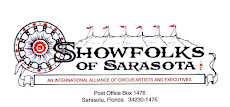

















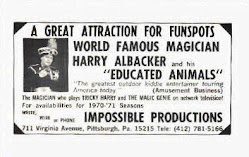

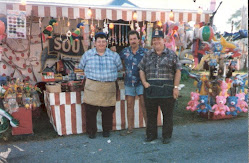




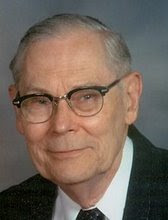
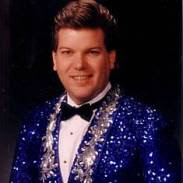


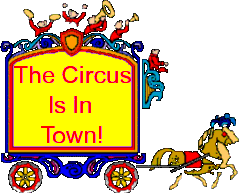


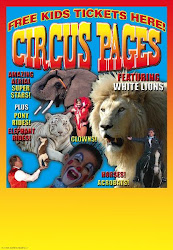

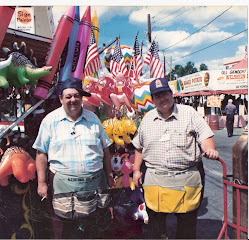
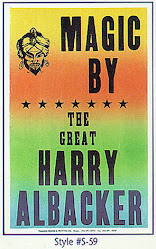















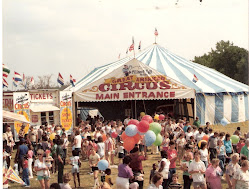









No comments:
Post a Comment